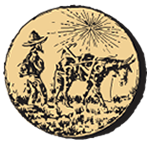Mining and Minerals Education Foundation |
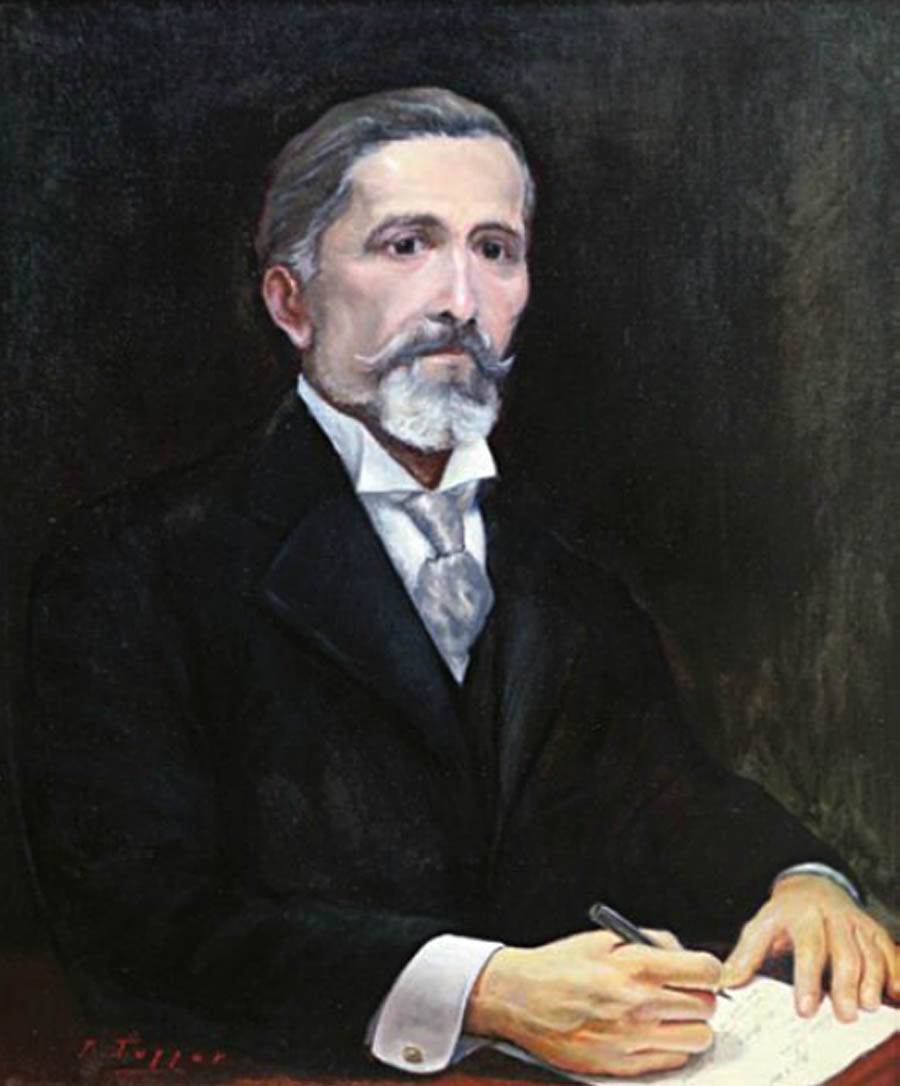
Marco Chiapponi (1854-1929)
Italian Mining Engineer
2016 Inductee from Mining's Past
Marco Chiapponi was an Italian Mining Engineer who immigrated to Chile and played a crucial role in the resounding success of the Braden Mine, better known as El Teniente.
In the late 1890’s Chiapponi examined some inactive mines in the Andes for the Concha y Torro family. When advised of the cost to bring into production, they hired Chiapponi to sell the property. Chiapponi approached William Braden in 1903. Capital was raised and the Braden Copper Co. started developing the deposit. Braden received founder’s shares which he split with Chiapponi.
Chiapponi played a major role in the development of the mine. He was contracted to build a road connecting the mine with the railroad and also in freighting equipment to the mine. Over 1000 men were employed in this endeavor. By 1906, the concentrator started production. Production slowly expanded and it was apparent a railroad would be needed. To get additional capital, Braden sold out to the Guggenheims in 1910.
As expansion proceeded, mill recoveries became a serious problem, falling under 50%. Confident that low grade ores could be processed, Chiapponi’s last, and perhaps most important act was to suggest to Braden to send ore samples to Minerals Separation Co. in London for testing. These tests were successful, and Braden became the first mine to successfully use flotation for concentrating copper.
Chiapponi returned to Italy before his death in 1929, leaving remarkable achievements including the development of the world’s largest copper mine and the successful application of copper flotation.
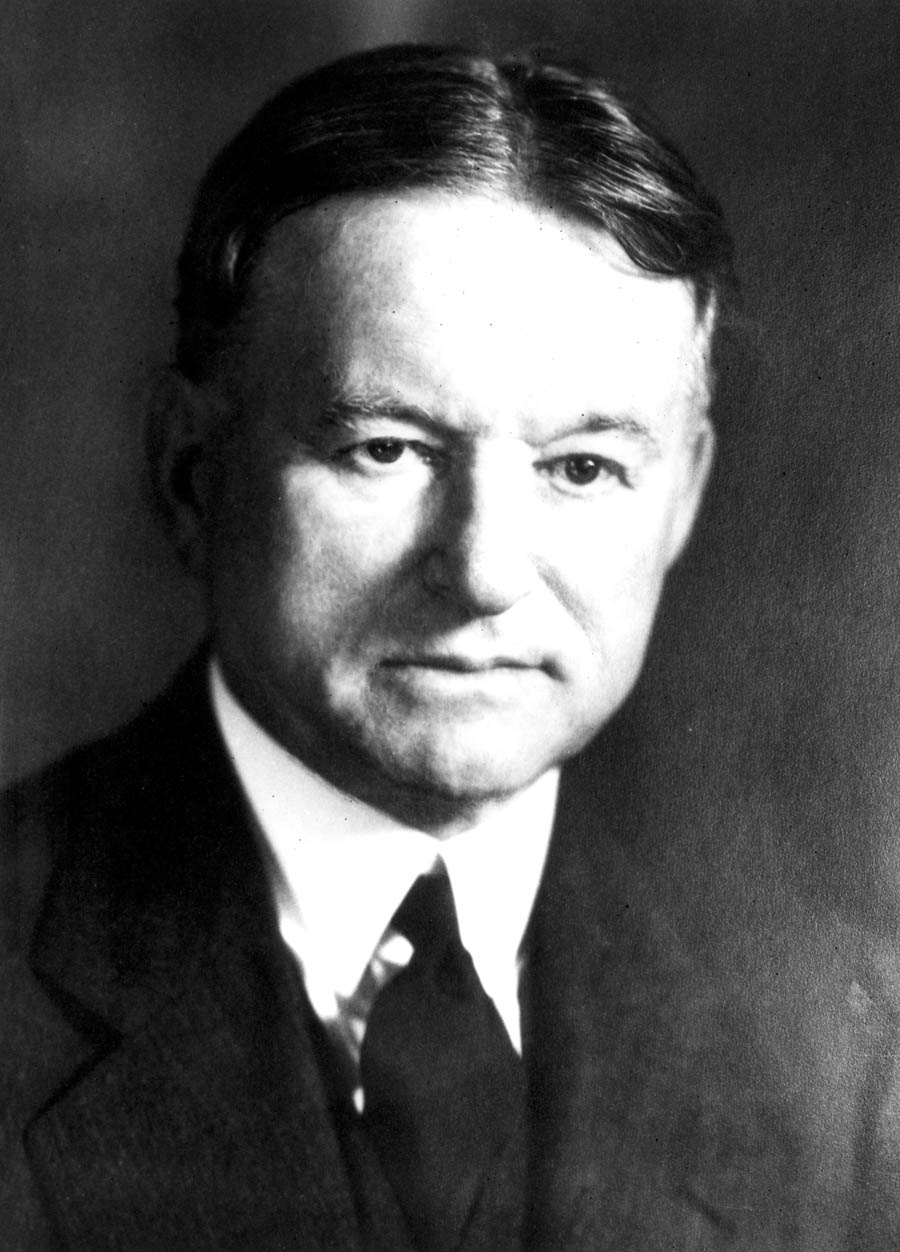
Theodore J. Hoover (1871-1955)
American Mining Engineer, Conservationist and Educator
2016 Inductee from Mining's Past
Theodore Jesse Hoover, the older brother of President Herbert Hoover, graduated from Stanford University in 1901 with a BA degree in Geology and Mining.
Hoover’s professional career began as an assayer at Keystone Consolidated Mining Company. A year later he joined Standard Consolidated Mine as an Assistant Manager where he successfully applied the Moore Slimes Process in recovering gold from slimes. This made Standard Consolidated financially strong and Hoover was promptly promoted to Manager.
In 1907, Hoover became the General Manager of Minerals Separation, Ltd. in London, a firm founded to buy and license the new froth flotation process to recover minerals from ores. He directed the firm for over four years, and had a large influence in the design and development of a very successful flotation machine.
Hoover then became successful as an international consultant, engineer or administrator of many mining companies in Asia, Australia, Europe, Africa and America. He was the author of Concentrating Ores by Flotation (1912), Economics of Mining (1933), and The Engineering Profession (1941) and of numerous technical articles.
In 1919, Hoover returned to Stanford. He was the principal guide in the formation of the School of Engineering and served as Dean of the Department from 1925 until his retirement in 1936. Under Hoover’s leadership, Stanford developed a strong engineering curriculum.
Equally revered as a naturalist, Hoover was a founding member of the Cooper Ornithological Society. Hoover Lake in Santa Clara County and the Theodore J. Hoover National Preserve in northern Santa Cruz County, both in California, were named in his honor.
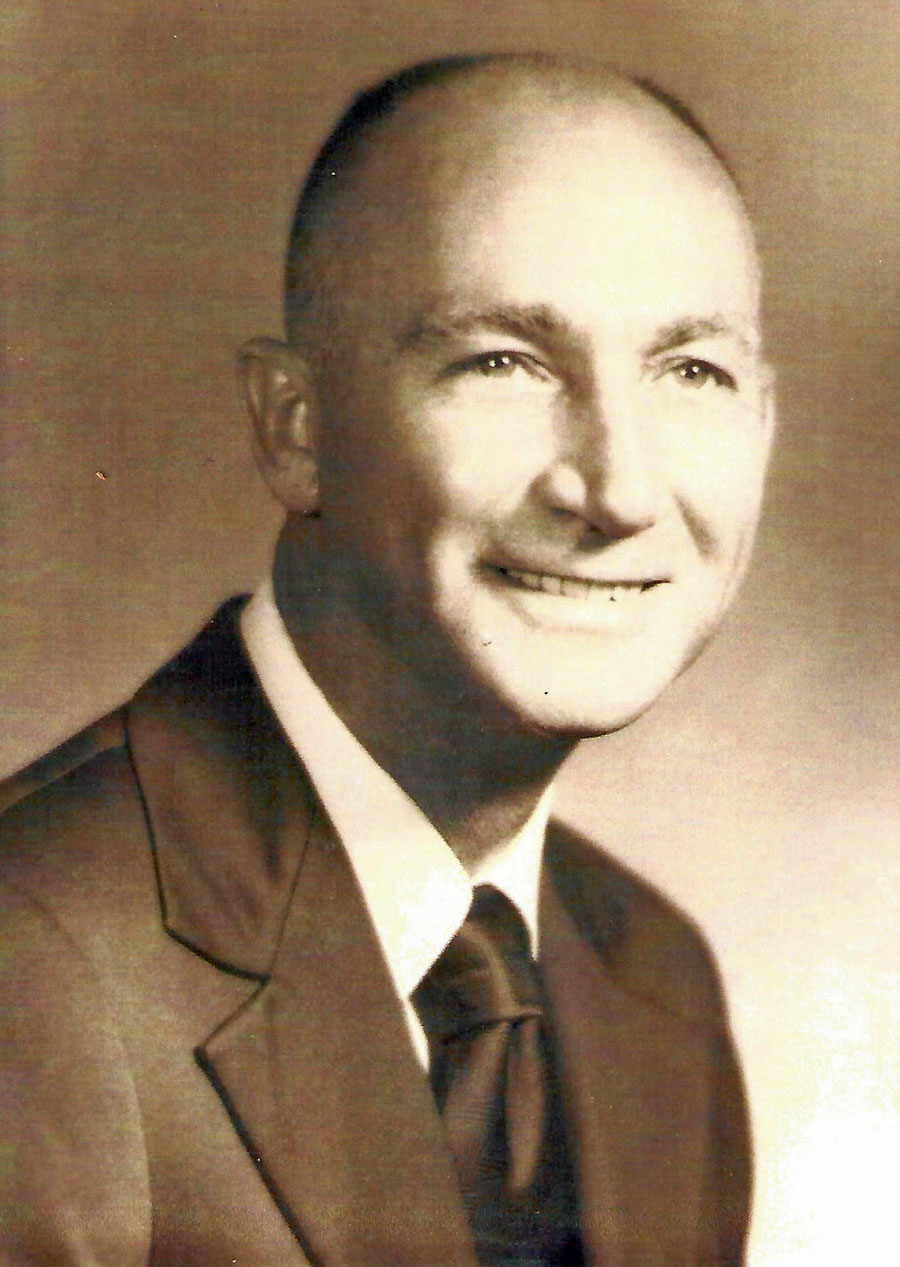
Robert C. Bogart (1923-2002)
Visionary General Manager, Bagdad Copper Corporation
2016 Inductee from Mining's Past
Robert Bogart graduated High School in Globe, Arizona. His strong background in math and surveying enabled him to get a job as Assistant Engineer at the Hillside Mine in 1941. He then joined Bagdad Copper Company as a surveyor but left in 1944 to join the armed services. On his discharge in 1946, Bogart rejoined the company while enrolled in correspondence courses in Civil Engineering.
After being appointed Assistant General Manager, one of his first acts was to institute long range mine planning. More responsibility and promotions followed. Upon the merger of Bagdad with Cyprus Mines in June of 1973, Bogart became Assistant General Manager and Vice President of the new Bagdad Copper Co. By October 1973, he was promoted to General Manager, a position he held until his retirement.
Bogart, in his 39 years spent at Bagdad, consistently demonstrated superb engineering skills overseeing major expansions in 1973 and again in 1979. His most significant accomplishment was championing, pioneering and implementing the Solvent Extraction/Electro Winning process. Bogart successfully supervised a team to build a pilot plant at Bagdad which proved the process viable. In 1970 a full scale plant came on stream and paved the way for this cost efficient method of recovering leachable copper to become the industry standard adopted throughout the world. Bagdad now has the distinction of having the world’s oldest operating SX-EW operation.
During Bogart’s tenure, Bagdad always operated with the highest morale, consistently achieving optimum efficiency and productivity. In 1990 Bogart authored the book Some Talk about a Copper Mine: A History of Bagdad, Arizona.
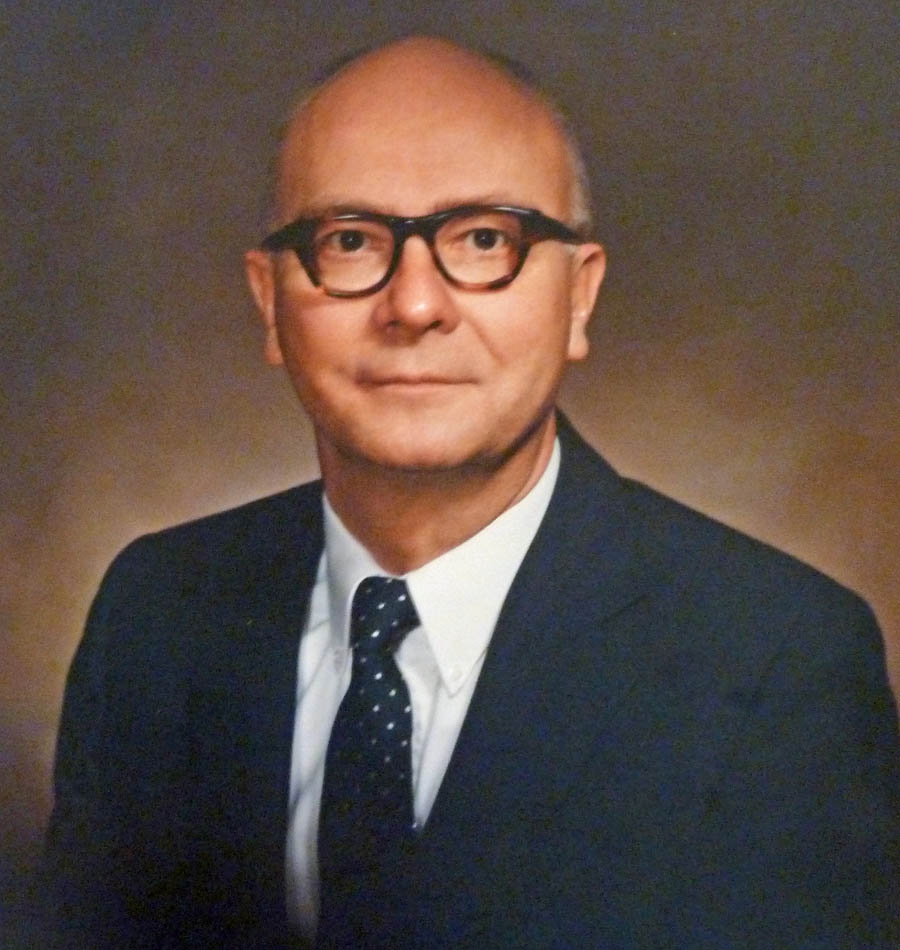
Maurice C. Fuerstenau (1933-2012)
Newmont Endowed Professorship in Minerals Engineering
Professor Emeritus of Metallurgical Engineering
2016 Inductee from Mining's Past
Maurice C. Fuerstenau earned his B.S. in Geological Engineering from the South Dakota School of Mines and Technology, and received his M.A. and Sc.D. in Metallurgy from the Massachusetts Institute of Technology.
Known internationally in the areas of froth flotation, hydro- metallurgical processing and environmental remediation, Fuerstenau’s storied teaching career began at the Colorado School of Mines in 1963 followed by a brief appointment at the University of Utah. For the ensuing 18 years spent at the SDSM&T, he was Head of the Department of Metallurgical Engineering and serving as Interim Vice President for Academic Affairs in his last year. He was honored by SDSM&T with the Presidential Award in 1979, the Guy March Silver Medal in 1998, and the Distinguished Alumni Award in2004.
Fuerstenau joined the Department of Chemical and Metallurgical Engineering at the University of Nevada, Reno in 1988 as Echo Bay Mines Distinguished Professor and was named Foundation Professor in 1996, Professor Emeritus in 2005 and was the Senior Mentor Award recipient in 2002. Fuerstenau was further granted the Newmont Endowed Professorship in Minerals Engineering in 2010, the highest honor UNR can bestow on its faculty.
A prolific writer, Fuerstenau published 125 technical papers and edited numerous books. Principles of Mineral Processing, published in 2003, remains an industry standard. He was awarded three patents, was elected to the National Academy of Engineering in 1991 and the South Dakota Hall of Fame in 2006. Fuerstenau was President of SME in 1982 and received the SME Distinguished Member Award as well as countless other recognition.
Fuerstenau was the consummate educator and mentor throughout his career. He not only challenged the engineers he trained to succeed in their careers but he also made a difference in many people’s lives. His legacy will live on through the technical contributions he made to the mining industry as well as the people who had the privilege to learn under him.
